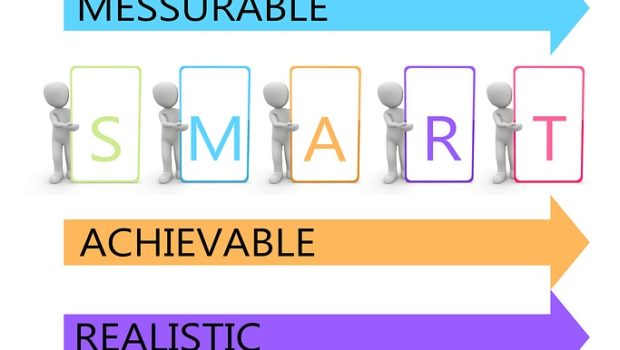Using SMART Objectives in your Planning
Objectives are something that sets out the achievements of a business. The managers and leaders must go into the process of getting their objectives straight, as incompetently laid out objectives can lead the team, an individual, or the organization to the wrong path. Quite a number of people spend their entire lives moving from one job to another or whistling around trying to get a lot more done, but in reality, accomplishing a lot less due to inexistent or invalid objectives.
What are the SMART Objectives?
SMART is the acronym that can be used to guide the setting of goals. For making sure that the goals we are setting are quite clear and reachable, each one of them must be:
- Specific
- Measurable
- Attainable (Achievable)
- Relevant
- Time-Bound
How to Use SMART in your Planning?
- Specific:
The first rule of a SMART objective is specificity; the goal we are hoping to achieve must be specific and clear; if not, we will not be able to put all our focus into the efforts or ever feel truly motivated for their achievement. It is better to ask ourselves the five “W” questions when planning our goal:
- What is it I want to achieve?
- Why is the goal vital?
- Who is involved in the goal?
- Where is its location going to be?
- Which resources would be involved?
- Measurable:
It is quite vital to have goals that are measurable so that we can keep track of our progress and keep ourselves motivated. Assessment of our progress helps us in staying focused, meeting our deadlines, and feeling the excitement when we get closer to the achievement of our goal. A measurable objective must address specific questions like:
- How much?
- How will we know of its accomplishment?
- How many?
Let us look at it like this, and we may be able to measure our goal by the acquisition of the skill for becoming the head of an absolute division by the determination that we have completed all the required training courses and have gained the relevant experience within five years.
- Attainable:
The objectives that are being set also need to be realistic and be attainable to have any success. They must stretch our abilities to the extremes but also be possible. When we work on setting an attainable goal, we might be able to identify the previous opportunities or resources that we might have overlooked. An achievable goal usually answers specific questions like:
- How can that goal be accomplished?
- How realistic is that goal? (based on limitations like financial factors)
- Relevant:
This step of the SMART objectives ensures that our goals matter to us, and alignment of objectives with other goals of relevancy. We all require individual assistance and support in the achievement of our goals, but, significantly, we have control over our goals. So, it is of pivotal importance that we make sure that our plane drives everyone related forward, but we would still be responsible for the achievement of our objectives. A relevant goal has an affirmative answer to the following questions:
- Does the goal seem worthwhile?
- Is this the right time for its execution?
- Are we the right person to reach that objective?
- Does the objective match our other needs or efforts?
- Is our goal applicable in the current environment of socio-economic development?
- Time-bound:
Every objective of ours requires a target date so that we have a deadline for focusing on our goal and have something to work for. This last part of the SMART objective’s criterion helps us in the prevention of the everyday measly task to take priority over our long term objectives. The following questions can be quickly answered by a time-bound objective:
- When?
- What can we do six weeks from now?
- What can we do six months from now?
- What can we do today?
A time-bound objective means how long will it take to acquire our goals, to acquire the skills for the achievement of our goals. Finally, it is quite essential to provide ourselves a realistic time frame for the accomplishment of the smaller objectives that ultimately move us to the final goal that we want to achieve.
Conclusion
Setting SMART Objectives means that we can provide clarity to our ideas, put efforts into measurable motion, and use our resources and time adequately and productively for increasing our chances of achievement of what we want with life. As an example, the reader can take a look ok how a SMART plan plays a role in the creation of a Marketing Plan.











